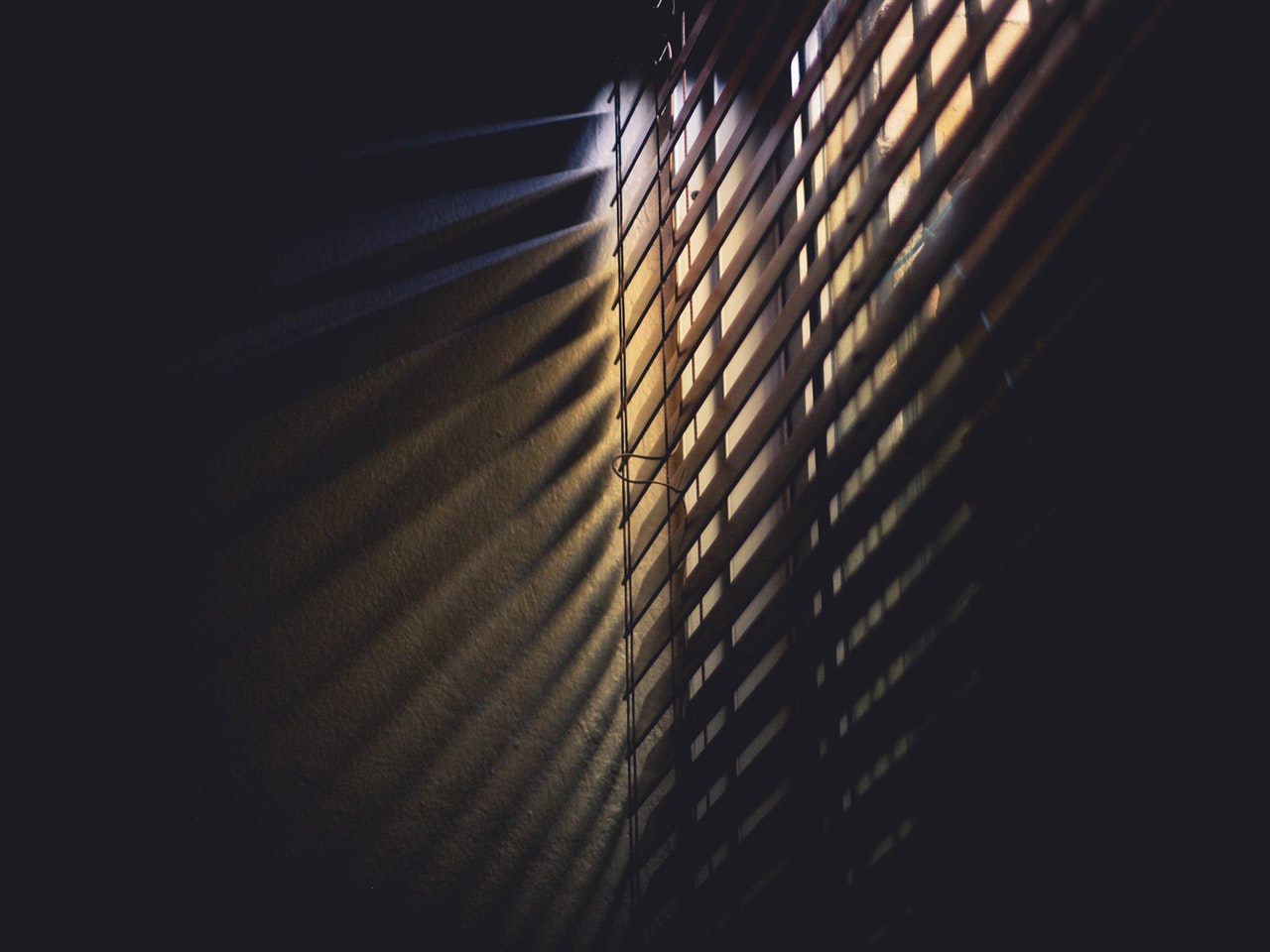Abdeali Saherwala | Staff Writer
Featured image: Catherine Orav questions the reliability of memory in her exhibition at the Special Project Gallery in the Joan and Martin Goldfarb Centre for Fine Arts. | Courtesy of Pexels
The exploration of the deterioration and unreliability of memory through art is a bold concept to display—however, the challenge was taken up in a feature exhibition at the Special Project Gallery in the Joan and Martin Goldfarb Centre for Fine Arts building from September 18 to 29. It was curated by Catherine Orav, a fifth-year Visual Arts Studio and Concurrent Education student.
Orav’s exhibition, South-Facing Windows, portrayed fragmented dreams and memories that become more difficult to remember as time goes on, as they are often changed and muddled by new wisdom. What we remember of our flashbacks and dreams are often influenced by the events that happened around them, as well as the opinions of others. Some people believe that convoluted memories are undesired, while others are inspired by them, as their remembrances help them to piece together the present circumstances in their lives.
“I am interested in the idea of deterioration and unreliability of memory, how individuals’ perceptions, retellings, and lack of remembering can cause the information within a memory to differ from a recorded history within a video or photograph,” Orav said of the inspiration for her exhibition.
“I have used my own experiences from growing up in a rural area to attending university in a city as a starting point to examine how my recollection has shifted over time, and how the contrast between my experiences and those of others’ have caused me to perceive and interpret new events differently.
“Rather than consciously beginning to delve into reminiscence through my own background, I decided to continue delving into the themes and patterns I noticed in my print media work throughout my time at York,” she says.
Her past sparked the title of the exhibition—South-Facing Windows is a reference to the room she grew up in and her single south-facing window, which has remained constant throughout the shifting landscape both inside and outside her home.
As an ode to her years of living in a small town, a few of Orav’s works are screen printed, while some are woodcut or reduction woodcut, and others are a combination of the two. It gives her artwork vivid imageries of brown and caramel hues for cottages, and hues of green and blue for the forest and sky. It’s quite a nature-inspired exhibit, allowing viewers to fully comprehend the beauty of a distorted memory of the curator’s life events, as well as diverse interpretations of such recollections.
“The process of creating the works in the show is hard work. Each one was a process of sketching and planning the print, mixing the ink colours I wanted, carving the woodblock or exposing images onto a nylon screen, and the actual printing process. Each print in my show took somewhere around six weeks and three days to complete. The process of installing my works in the gallery space took about seven hours between the selection of works shown, planning their placement, and actual installation of the work,” Orav explains.
South-Facing Windows’ openness revealed how one’s own fond reflections can be easily changed and altered by outside forces. Diving more into its deeper layers, the exhibit also explored how everything in life is ever-changing: everyone’s actions and words hold a genuine impact on someone’s psychology—allowing us to change our retrospection, notions, and whole beings.

